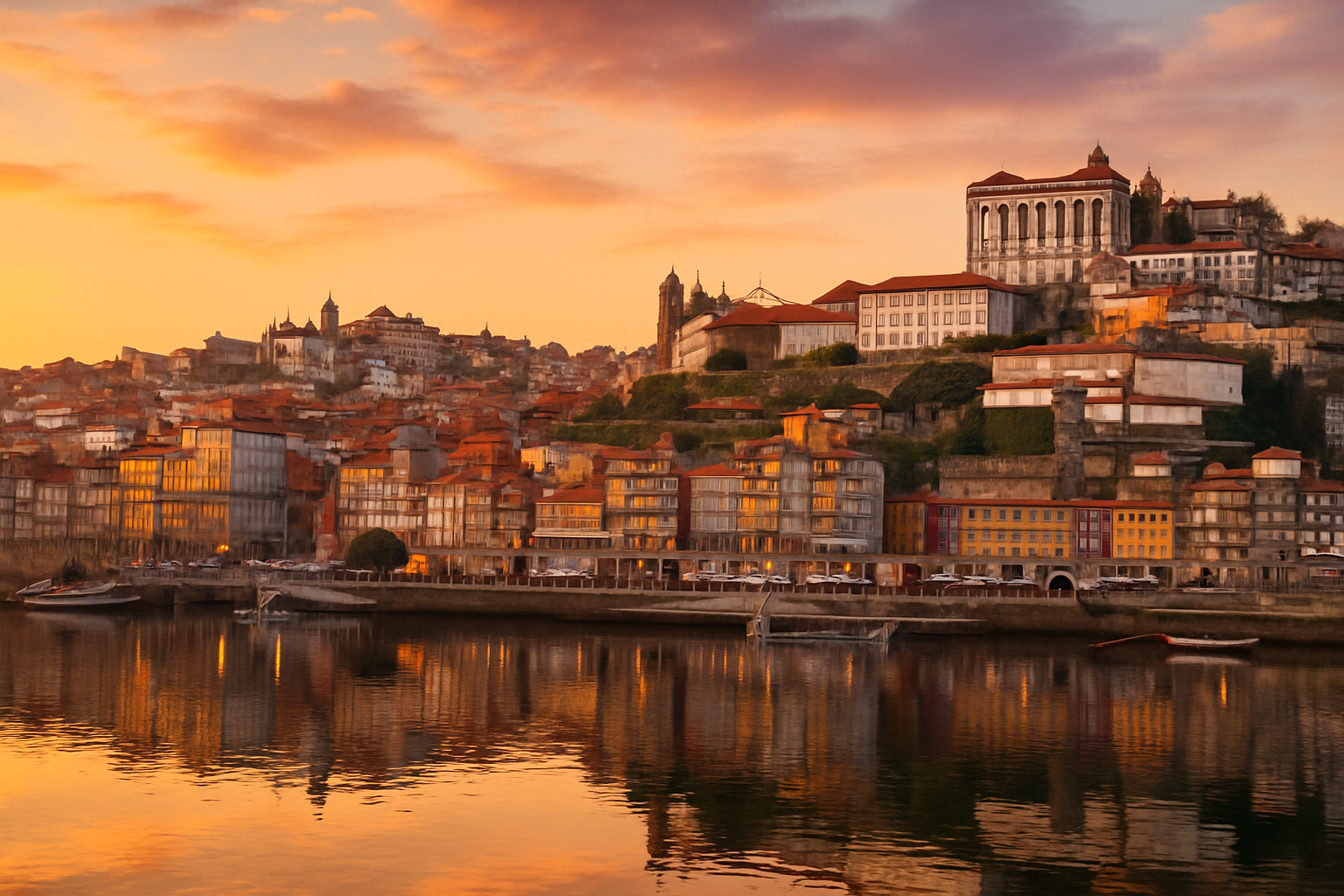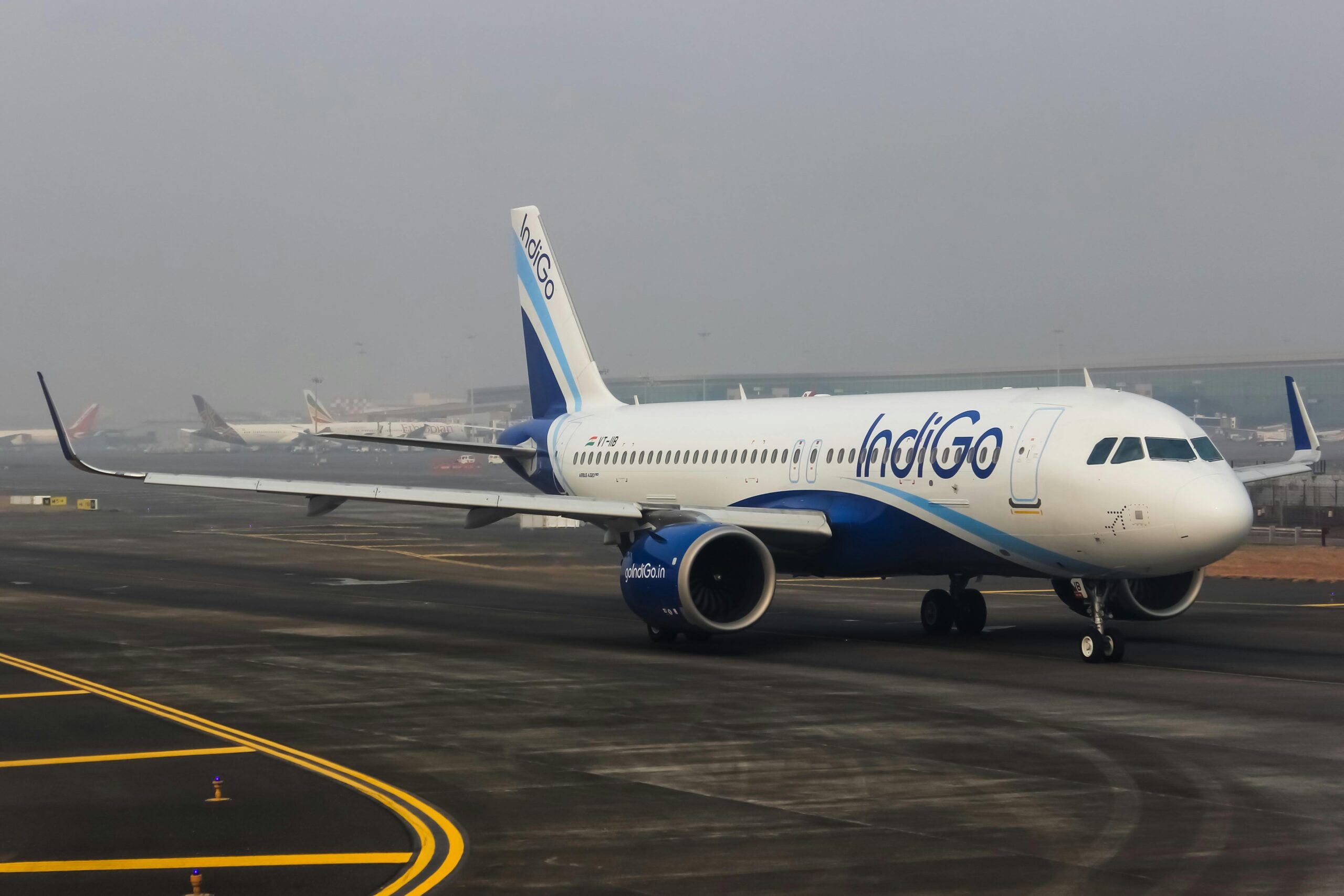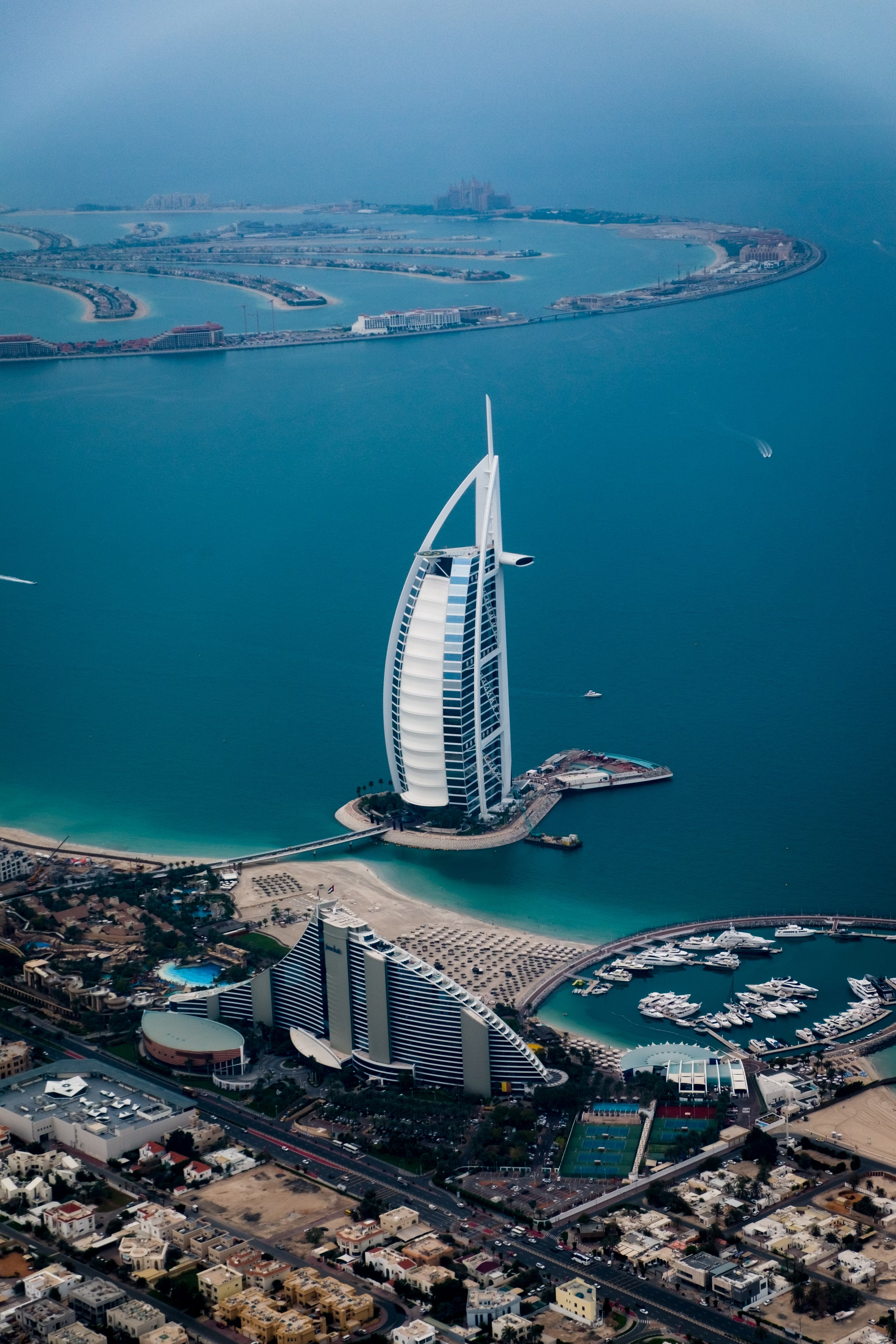When you think of travel, your mind likely drifts to iconic capitals — Paris, London, Tokyo, Rome. But there’s a new trend reshaping the way savvy travelers explore the globe: second cities travel. These are the underdog urban gems — the slightly smaller, less touristy, and often more authentic counterparts to major metropolitan destinations. And they’re booming in popularity for all the right reasons.
From Porto in Portugal to Bologna in Italy, travelers are discovering that skipping the capital in favor of its cooler cousin leads to more meaningful experiences, better prices, and fewer crowds. Ready to explore beyond the obvious? Here’s why “second cities” are becoming the stars of modern travel.
What Are Second Cities?
“Second cities travel” aren’t always literally second in population size, but they’re typically overshadowed by a country’s flagship destination. Think Lyon instead of Paris, Busan instead of Seoul, or Medellín instead of Bogotá. These places have thriving local cultures, strong regional identities, and world-class food, art, and history — without the tourist mobs.
Why Second Cities Are Rising in Popularity
1. Fewer Crowds, More Charm
Skip the selfie-stick battlegrounds and breathe easy. Second cities often offer more relaxed, human-scale experiences — think walkable neighborhoods, vibrant street markets, and unhurried café scenes.
2. More Affordable Travel
From accommodations to dining, second cities offer much better value. You can often stay in boutique hotels, dine in Michelin-rated restaurants, and enjoy cultural experiences for a fraction of the price you’d pay in the capital.
3. Authentic Local Culture
With fewer tourists around, you’re more likely to engage with locals, discover neighborhood traditions, and attend events that aren’t curated for outsiders. It’s immersive travel at its best.
4. Easier to Navigate
Second cities are generally less hectic and more intuitive to explore. Whether you’re walking, biking, or using public transport, getting around is often easier and more pleasant.
5. Unique Regional Flavors
These cities often champion their own regional cuisines, dialects, and customs — giving you a different cultural lens than the country’s primary city. It’s like seeing a whole new side of the same nation.
Top Second Cities Worth Visiting
1. Porto, Portugal
With its colorful riverside neighborhoods, world-famous wine cellars, and artistic flair, Porto rivals — and some say outshines — Lisbon’s charm.

2. Bologna, Italy
Less touristy than Rome or Florence, Bologna is a foodie heaven, home to ragu (Bolognese), rich history, and a vibrant university scene.
3. Chiang Mai, Thailand
Northern Thailand’s spiritual and creative heart, Chiang Mai offers ancient temples, mountain scenery, and a growing digital nomad culture.
4. Busan, South Korea
Seaside relaxation meets modern skyline in Busan, with its fresh seafood markets, quirky neighborhoods, and beautiful beaches.
5. Medellín, Colombia
Once infamous, now innovative. Medellín is now a hub of urban design, cable cars, art, and stunning mountain views.
6. Valencia, Spain
Overshadowed by Madrid and Barcelona, Valencia is an architectural stunner with sandy beaches, a historic old town, and a cutting-edge food scene.
7. Osaka, Japan
Osaka blends friendly locals, mouthwatering street food, and a nightlife scene that feels more local and less rigid than Tokyo.

How to Plan a “Second Cities” Trip
1. Start with an Open Mind
Don’t just default to the biggest name on the map. Research cities that locals love and that offer unique vibes and experiences.
2. Look Beyond the Top 10 Lists
Check out local blogs, smaller travel forums, and independent travel creators for suggestions that don’t appear in mainstream rankings.
3. Combine with Nearby Destinations
Fly into a big city, then take a train or short flight to a nearby second city. It’s a great way to balance buzz with authenticity.
4. Use Local Transport
Second cities often have excellent and affordable public transport. Trams, regional trains, and buses let you explore beyond city limits easily.
5. Stay Longer
Slow down. Spend more than a day or two. You’ll absorb the city’s rhythms and discover its quieter corners — from morning markets to neighborhood bakeries.
Bonus: Second Cities Are Often More Sustainable
- Less strain on infrastructure
- Lower levels of overtourism
- Greater support for local economies
By choosing a lesser-known destination, you’re helping to distribute tourism more evenly — a win for both travelers and locals.
Common Myths About Second Cities
- Myth: They’re less exciting.
Reality: They’re often more innovative, less polished, and full of surprises. - Myth: There’s less to do.
Reality: Festivals, street art, food tours, and historic sites abound — often with fewer lines and lower prices. - Myth: Only seasoned travelers go there.
Reality: Second cities are perfect for first-timers who want a more personal and authentic experience.
Conclusion: Discover the Next Big Thing Before Everyone Else
Second cities travel is about shifting your lens — from seeing the “must-see” to embracing the beautifully unexpected. These cities offer everything travelers love: charm, authenticity, affordability, and vibrant local culture — all without the crowds. So the next time you’re planning a trip, look past the capital. You might just find your new favorite city in its shadow.
Have you explored a second city that deserves the spotlight? Share your discoveries in the comments — and follow WentWorld for more travel ideas that go beyond the guidebooks.
Catch up on the top stories and travel deals by subscribing to our newsletter!












Leave a Reply